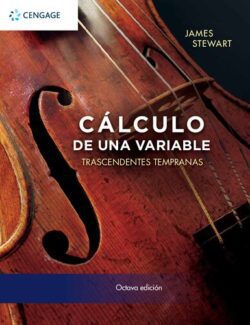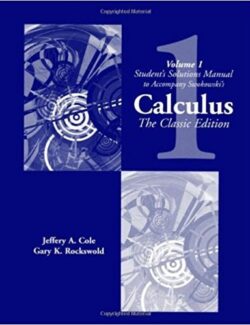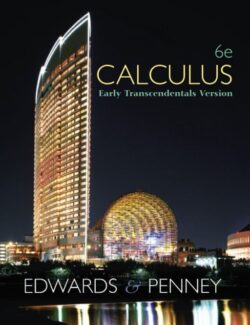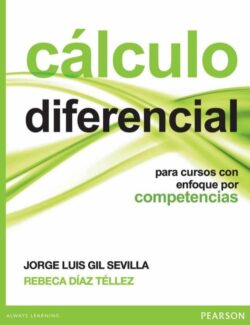Descripción
Esta nueva edición de Calculus Late Transcendentals mantiene los aspectos de las ediciones anteriores que han conducido al éxito de la serie: seguimos esforzándonos por lograr la comprensión de los estudiantes sin sacrificar la precisión matemática, y los conjuntos de ejercicios se construyen cuidadosamente para evitar sorpresas desagradables que pueden descarrilar una clase de cálculo.
La novena edición continúa brindando a los ingenieros un recurso accesible para el aprendizaje del cálculo. El libro incluye ejemplos cuidadosamente trabajados y tipos de problemas especiales que ayudan a mejorar la comprensión. Los nuevos ejercicios aplicados demuestran la utilidad de las matemáticas. También se incorporan tablas de resumen adicionales con detalles paso a paso en los capítulos para facilitar la comprensión de los conceptos. Los ejercicios de Revisión rápida y Enfoque en conceptos también se han actualizado. Los ingenieros se involucran en el material debido al estilo fácil de leer y los ejemplos del mundo real.
Este es realmente un gran libro para aprender Cálculo la escritura es clara, y los ejemplos avanzan de lo fácil a lo difícil. Si estás estudiando por tu cuenta, te recomendamos que obtengas esta o cualquier otra edición anterior del libro, junto con el solucionario que resuelve todos los problemas. Si te estás enseñando a ti mismo a hacer cálculos, no necesitas el mejor y más reciente libro. Ahorra dinero y compra un clásico antiguo como este. Si no puedes encontrarlo considera pedirlo en préstamo a través de una biblioteca.













Déjanos un comentario
No hay comentarios